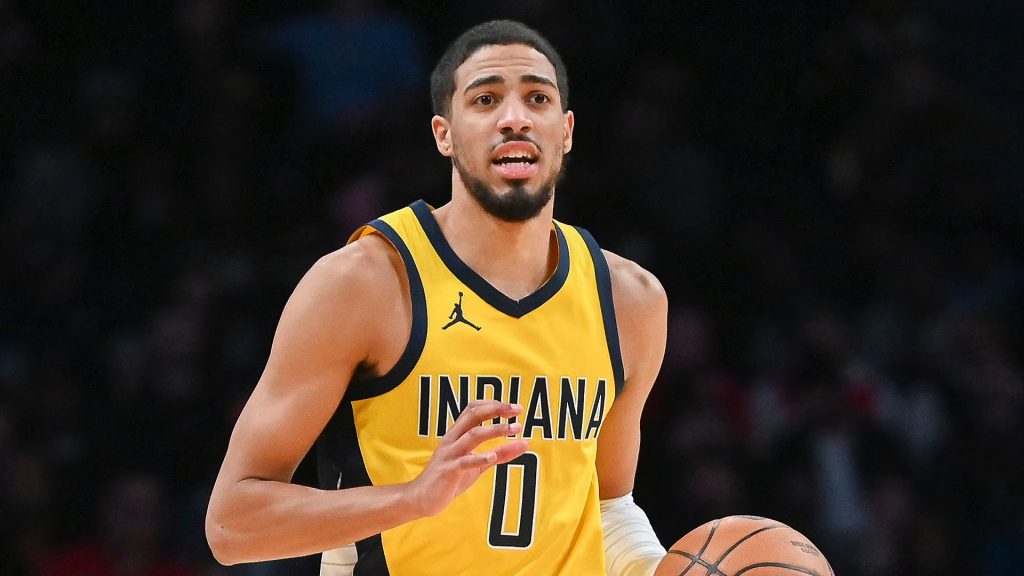
For decades, basketball players were slotted into clearly defined roles based on their physical attributes and skill sets. The traditional five positions—point guard, shooting guard, small forward, power forward, and center—served as the framework for both offensive and defensive schemes. However, as the game has evolved, the lines between these roles have blurred, giving rise to the era of “positionless basketball.”
This transformation has not only redefined how the game is played but also reshaped how players are trained, evaluated, and utilized on the court.
The Origins of Traditional Positions
In the early days of basketball, positions were rigidly defined:
- Point guards were the floor generals, responsible for orchestrating plays and distributing the ball.
- Shooting guards were primarily scorers who excelled at perimeter shooting.
- Small forwards were versatile players tasked with scoring, rebounding, and defending.
- Power forwards dominated in the paint, providing strength and toughness.
- Centers served as the anchor, protecting the rim and scoring close to the basket.
This structured approach mirrored the early strategies of the game, which emphasized distinct roles for each player to optimize team performance.
The Shift Toward Versatility
The transition to positionless basketball began with players who defied conventional roles. Magic Johnson, standing 6’9″, redefined the point guard position with his size and versatility. Larry Bird, a forward, showcased guard-like playmaking skills and long-range shooting in an era dominated by big men in the paint.
The real acceleration came in the late 2000s and 2010s. The Golden State Warriors, led by Stephen Curry, Klay Thompson, and Draymond Green, revolutionized the game with their “small-ball” lineups. Green, a forward, often played center in their “death lineup,” emphasizing speed, spacing, and shooting over traditional size advantages. This approach proved that versatility could trump size, paving the way for positionless basketball to become the norm.
Key Factors Driving Positionless Basketball
- Three-Point Revolution:
The rise in three-point shooting has made spacing the floor a priority, requiring all players to contribute offensively from beyond the arc. Big men, once confined to the paint, now regularly step out to shoot threes, as seen with players like Brook Lopez and Nikola Jokić. - Playmaking Versatility:
Modern basketball values players who can handle the ball and create plays, regardless of their size. LeBron James, often referred to as a point forward, exemplifies this trend, using his 6’9″ frame to dominate as both a scorer and facilitator. - Switchable Defense:
Defensively, teams prioritize players who can guard multiple positions. This shift has made athletic, multi-skilled players like Giannis Antetokounmpo and Bam Adebayo invaluable for their ability to protect the rim, switch onto guards, and defend in space.
Impact on Player Development
The rise of positionless basketball has transformed how players are developed from a young age. Instead of being confined to training for a specific position, players are encouraged to develop a well-rounded skill set. For example:
- Centers now practice three-point shooting and ball-handling drills.
- Guards work on rebounding and defending in the post.
- Players are trained to make decisions in transition, fostering a more dynamic style of play.
Challenges of Positionless Basketball
While the evolution of the game has brought many positives, it is not without challenges:
- Physical Demands: The expectation for players to perform multiple roles can lead to increased physical wear and tear.
- Specialization Trade-Offs: Teams risk losing the benefits of specialists (e.g., elite shot-blockers or pure sharpshooters) in favor of all-around players.
- Strategic Complexity: Coaches must design systems that maximize versatility without sacrificing clarity in roles.
The Future of Basketball Roles
Positionless basketball is not about erasing positions but rather reimagining them. Players like Nikola Jokić, a center with guard-like passing, or Luka Dončić, a guard with the size of a forward, embody the modern game’s flexibility.
As the NBA continues to evolve, the focus will likely remain on versatility and adaptability. Teams will seek players who can thrive in multiple roles, while coaches will innovate to leverage the unique strengths of their rosters.
The shift from traditional positions to positionless basketball reflects the essence of basketball itself—a dynamic, ever-changing sport where creativity and adaptability reign supreme. As the game progresses, one thing is certain: the lines will continue to blur, and the possibilities will remain endless.
